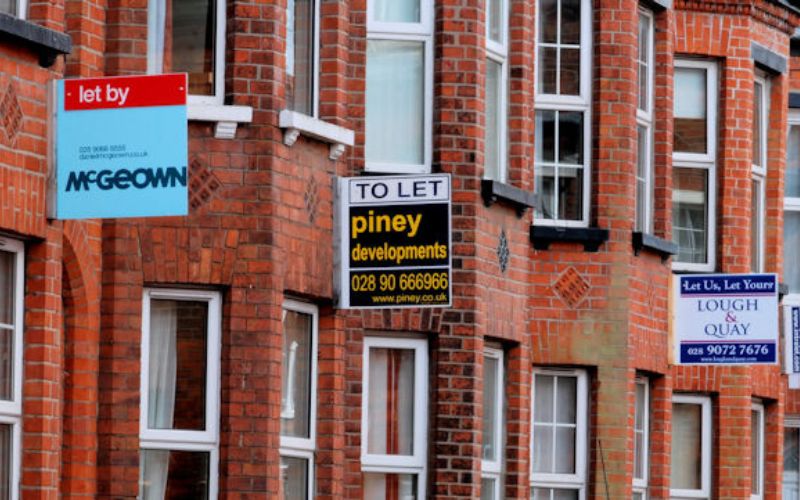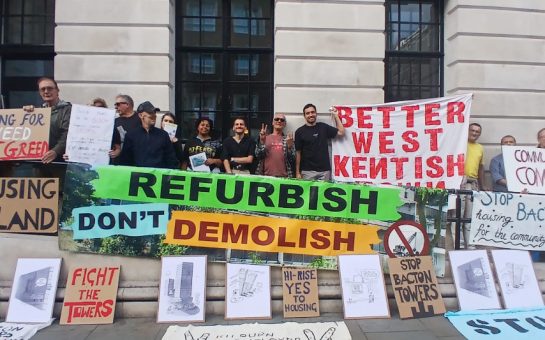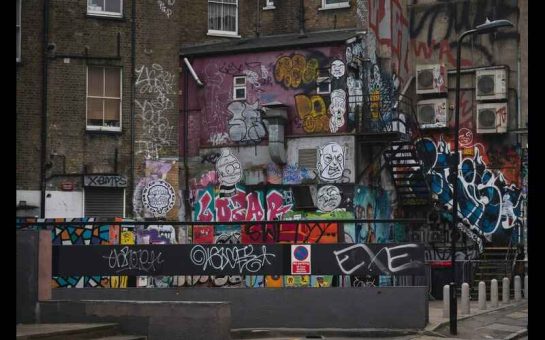Renters groups have called on the government to tackle soaring private rents, as new powers for tenants enter into law.
Campaigners have praised aspects of the new rules in the Renters’ Rights Act but warned that soaring rents are pushing London’s private tenants to the city’s edges.
The Act will protect tenants against no-fault evictions and force landlords to give notice of rent hikes, but new data shows that renting in the capital is getting less affordable.
London rental prices have spiked in recent years
Private rental prices in London and across the UK have shot up in recent years, according to the latest data from the Office for National Statistics (ONS).
This data shows similar trends in the London and national renting market, as a stagnation in prices during the Covid-19 pandemic is followed by a sudden spike in prices.
Jae Vail, a representative of the London Renters Union, says this increase coincided with the end of the lockdowns, when surging demand drove prices up.
He told SWLondoner: “After the end of the lockdowns, there was this huge spike, especially in London, rents just shot up.
“There were horror stories of people queuing around the block to view properties.”
The average monthly private rent in London is £2,260, while the UK average is 40% lower at £1,354, according to the ONS.
Bexley (42%), Hounslow (41%) and Havering (36%) are the boroughs where the average rent increased the most in recent years, between September 2020 and 2025.
Rent has remained the steadiest in Newham, where monthly rates have gone up only 23% in this period.
Kensington and Chelsea is the borough with the highest rent, with the average monthly rate standing at £3,629 in September 2025.
The second and third-most expensive areas to rent are Westminster (£3,221) and Camden (£2,796).
High rent in London’s inner boroughs force renters to move to the city’s edges, which means rates shoot up in these areas too, Vail says.
This movement comes in the wake of estate regeneration in areas like Hackney and Elephant and Castle, where ‘expensive private rentals’ were built on the ‘rubble’ of social housing, Vail says, pushing working people towards distant boroughs such as Hounslow and Enfield.
Labour should introduce rent controls, say campaigners
Although the Renters’ Rights Act has been hailed as a ‘victory’ for tenants, the bill doesn’t include any measures to make renting more affordable, Vail said.
The government says its plan to build 1.5m new homes will make housing more affordable, but Vail is sceptical.
He said: “It’s a non-solution, and it’s likely to make the situation a lot worse if they don’t make a lot of those homes social and council housing and do other things like rent controls.
“The process will hand a lot more power over to private developers who really do not have the interests of working-class Londoners [at heart].”
The government told SWLondoner it opposes rent controls, claiming they can decrease housing supply and discourage investment.
Flatsharers are being forced to the suburbs
Within the private rental market, flatsharing is a particularly volatile sector.
Climbing rents are forcing flatsharers to split properties between more people and move towards the edges of London, while some are being priced out of the capital entirely, according to flatshare platform SpareRoom.
For every room available in London, three people are searching for a place to rent, according to the site’s data.
Matt Hutchinson, director of SpareRoom, told SWLondoner: “This is why the outer boroughs, suburbia and commuter towns are now seeing intense demand from renters, driven by the relative affordability they offer.
“That might be fine for knowledge workers who can do their jobs from their laptops, but for essential and shift workers who need to be close to their places of work, this is a huge problem.
And, based on demand levels, it’s only a matter of time before rents become unaffordable in these areas too.”
Almost three in ten (28%) London flatsharers spend more than half their take-home pay on rent and eight in ten spend more than 30% of their pay on rent, according to data shared with SWLondoner.
The UN classes rent which exceeds 30% of tenants’ income as unaffordable.
The Renters’ Reform Coalition is calling on the government to pass a law meaning landlords cannot hike rent above the rate of either inflation or wage growth, based on which is lower at the time.
Kristy Harrod, the group’s Campaigns and Partnerships Assistant, told SWLondoner: “The renters rights act is a really good thing, but it doesn’t go far on affordability.”
The Renters’ Rights Act received royal assent last month and will come into effect on 1 May 2026.
The government’s social and affordable housing programme, announced in July, included up to £11.7bn for housebuilding in the capital.
The ministry of housing, communities and local government said: “Through our landmark Renters’ Rights Act, we are bringing in real improvements to tenants’ rights by capping advance payments to one month’s rent and giving tenants stronger powers to challenge excessive rent hikes.
“This is alongside boosting supply by building 1.5 million homes, including new emergency measures to get spades in the ground in London, so we can restore the dream of homeownership.”
Feature image credit: Albert Bridge via Wikimedia Commons





Join the discussion